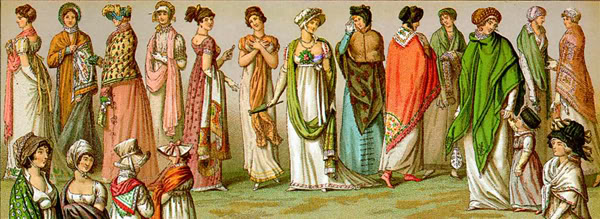Advice for Emerging Writers
"Emerging writer" is a much nicer term than "aspiring writer," isn't it?
The Missouri Review recently published a highly informative article on advice for emerging writers. I thought it very pertinent to my blog here, so I'm listing some of the points the article made. Do read the article in its entirety for all the details.
You're Talented, but Talented is Overrated — It's not enough to be talented. In fact, talent merely puts you in the "emerging writers" pool. It's consistent hard work that puts you in the "published writers" pool. E.L. Doctorow once sais, "Planning to write is not writing. Outlining, researching, talking to people about what you’re doing, none of that is writing. Writing is writing."
Ignore the Clock — Anyone can publish. So publishing should not be your goal, but publishing your best work should be your goal. No one is truly waiting for your masterpiece, so take the time to make your manuscript the best it can be.
Don’t Wait to be Told When to Write — Make the time to write a priority. It's not easy to find the time with our various work, house, and family responsibilities tearing us in different directions. So schedule a specific time every day and guard it with your life against disruptions.
Read More Books — Sounds obvious, right? You read to learn how to write. But how many writers still read? Very few, you'll find. They're too busy writing. However, you need outside input to add stimulus to your imagination and growth as a writer.
You Need at least Three Professional Mentors — Guidance from established writers is gold. They can point out to know what you didn't know you don't know and how to go about learning it. They can help with problem-solving and general advice on career advancement.




 Are you a fan of the first Duke of Wellington of Georgian and Regency English fame? If so,
Are you a fan of the first Duke of Wellington of Georgian and Regency English fame? If so, 
 Have you seen the BBC TV series
Have you seen the BBC TV series  While you may not be barmy, you could still be a modern-day Monarch of the Glen by putting down a spare seven million pounds to buy
While you may not be barmy, you could still be a modern-day Monarch of the Glen by putting down a spare seven million pounds to buy 
 Very unfortunately, the following documentary is only for UK residents. Hopefully, sometime in the near future, it'll come out on DVD, like other of Michael Wood's works, or it'll be broadcasted by PBS.
Very unfortunately, the following documentary is only for UK residents. Hopefully, sometime in the near future, it'll come out on DVD, like other of Michael Wood's works, or it'll be broadcasted by PBS.